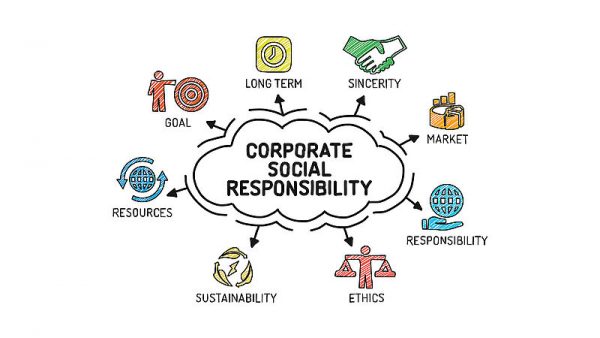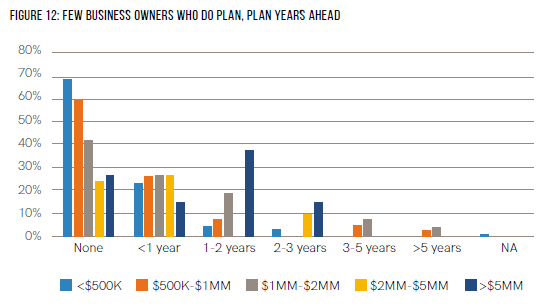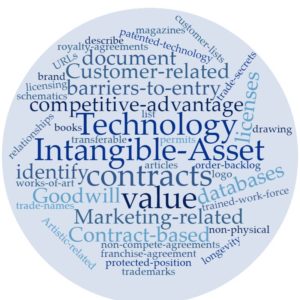Secrets to Business Valuation – a Lesson from Curly
Remember that scene from the 1991 movie City Slickers where Curly (Jack Palance) shares the secret to life with Mitch (Billy Crystal) shortly before he dies? Curly holds up his index finger and says to Mitch that the secret to life is to figure out his one thing and then stay with it. Channeling Curly today, I will share with you the three things that determine the value of any operating company, with rare exception.

As M&A advisors and valuation experts, we frequently see similar companies of the same size sell for vastly different sums. Let’s look at a simple illustration. Say Company A and Company B both distribute industrial products in similar markets, both do $30 million in revenue and both go to market at the same time. At the end of a rigorous sale process, Company A sells for $25 million and Company B sells for $15 million.
What caused the difference in the price buyers were willing to pay? It usually boils down to three factors: cash flow, growth and risk.
 Cash Flow
Cash Flow
At the end of the day what matters most to investors is future cash flow. Net cash flow is influenced by net profits, as well as working capital levels and capital investment needs. Owners can use free cash flow to either pay themselves, pay debt providers or reinvest in the business. Looking at our example, even though Companies A and B have the same revenue, Company A operates more efficiently and generates significantly more cash flow for its investors.
Growth
The second factor is growth — top line and bottom line growth. The more cash flows are expected to grow over time, the more cash flow investors will have at their disposal, and the higher they will value a company. Company A has likely proven – based on its historical financial results and investment record – that they are capable of growing at a faster pace than Company B.
Risk
The third thing affecting valuation is the level and types of risk associated with receiving those expected cash flows. Investors decide how certain they are that a company will continue to perform the way it has or achieve its growth projections. The more certain they are, the more they’ll pay, and vice versa. In our example, Company A may have less cash flow volatility, a stronger leadership team, or more market or product diversification, which would reduce perceived risk and increase certainty of performance.
Valuation theory and actual prices paid support the view that similar companies can have very different values. Acquirers and investors, when deciding how much to pay for a company, quickly look past gross revenue and EBITDA to net cash flows, growth and risk. The sooner a company owner understands and embraces this, the happier they’ll be when they decide to sell.
Exit Strategies values private companies for business owners before they make important decisions about sales, mergers acquisitions, recapitalizations, buy-sell agreements, equity incentive plans, and more. If you are business owner and would like to learn more or discuss a potential M&A transaction or valuation need, confidentially, give Al Statz a call at 707-781-8580.


 We often get asked how owning a facility (versus leasing one) affects the sale of a company, so I dug through our 17 years of business sale transactions involving seller-owned real estate to look for patterns. And the archives didn’t disappoint. I found five common deal scenarios that shed light on this question.
We often get asked how owning a facility (versus leasing one) affects the sale of a company, so I dug through our 17 years of business sale transactions involving seller-owned real estate to look for patterns. And the archives didn’t disappoint. I found five common deal scenarios that shed light on this question.
 Cashing in on the sale of your business is the final reward for many years of dedication and hard work. Then your CPA tells you how much you will owe in taxes. It’s a shock, but there’s a relatively new reinvestment opportunity that may help trim your tax bill …
Cashing in on the sale of your business is the final reward for many years of dedication and hard work. Then your CPA tells you how much you will owe in taxes. It’s a shock, but there’s a relatively new reinvestment opportunity that may help trim your tax bill … Assembly Bill 5 (AB5), signed into law last month by governor Gavin Newsom, will impact the valuation of many small businesses in California that have grown to depend on independent contractors. For impacted owners intending to sell in the near term, this new law may require a change of plan.
Assembly Bill 5 (AB5), signed into law last month by governor Gavin Newsom, will impact the valuation of many small businesses in California that have grown to depend on independent contractors. For impacted owners intending to sell in the near term, this new law may require a change of plan. Let’s say you have a headache and you’re walking down the pain relief aisle of your local Walgreens pharmacy. You see
Let’s say you have a headache and you’re walking down the pain relief aisle of your local Walgreens pharmacy. You see 

 The sale of a business includes intangible assets. This article explains what intangible assets are and how articulating, supporting and protecting them enhances business sale outcomes. Let’s get started.
The sale of a business includes intangible assets. This article explains what intangible assets are and how articulating, supporting and protecting them enhances business sale outcomes. Let’s get started.

